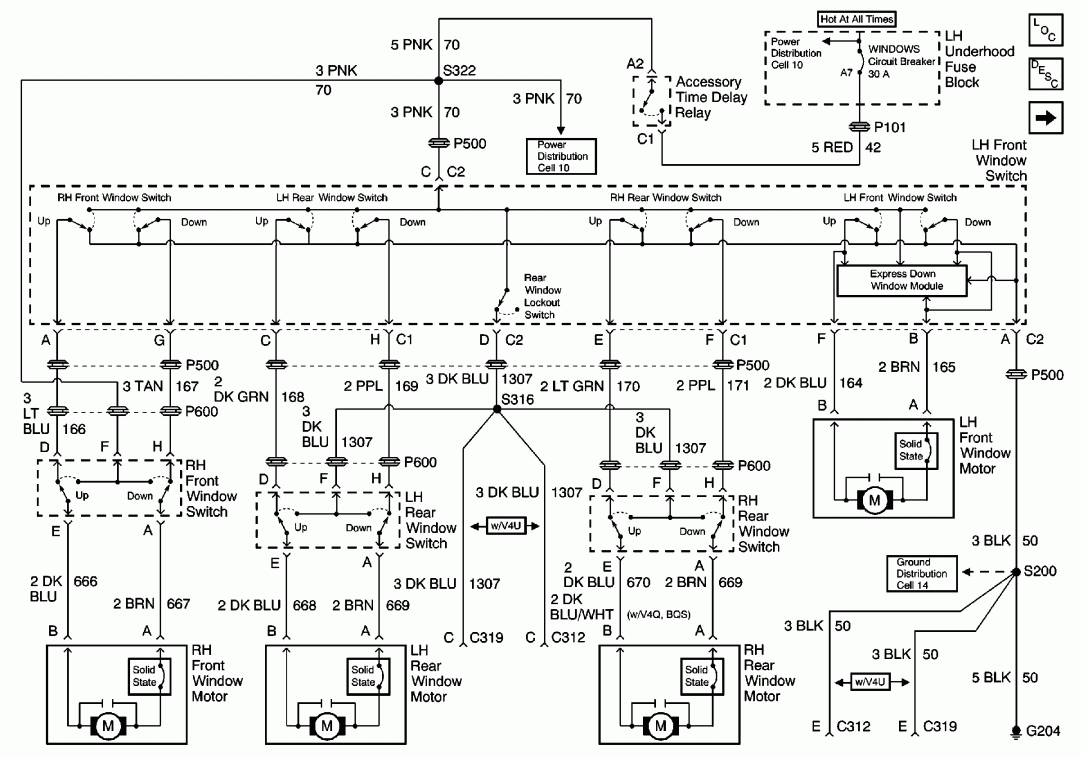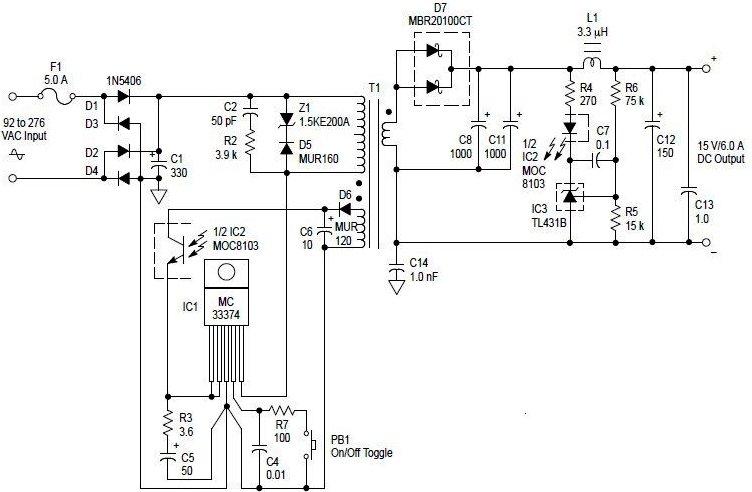
Transistor Class A Power Amplifier

The transistor is biased in Class A, meaning that the collector current flows continuously. This current can vary, increasing or decreasing in response to the input signal.
In a Class A biasing configuration, the transistor operates in the active region for the entire cycle of the input signal. This ensures that the transistor remains in a conductive state, allowing for linear amplification of the input signal. The biasing is typically achieved by applying a DC voltage to the base terminal of the transistor, which sets the quiescent point (Q-point) at a level that allows the collector current to flow continuously.
The stability of the Class A biasing can be influenced by the resistor values used in the biasing network. Commonly, a voltage divider biasing scheme is employed, where two resistors are connected to the base of the transistor. This configuration helps maintain a stable Q-point despite variations in temperature or transistor characteristics.
In terms of operation, when an AC input signal is applied, it superimposes on the DC bias voltage. The resulting variation in base current causes the collector current to fluctuate correspondingly. This process allows for the amplification of the input signal while preserving its waveform.
The Class A amplifier is characterized by its high linearity and low distortion, making it suitable for high-fidelity audio applications. However, it is essential to note that Class A amplifiers are less efficient compared to other classes of amplifiers, such as Class B or Class AB, due to the continuous flow of current, which leads to greater power dissipation as heat. Proper heat sinking is often required to manage thermal performance in these circuits.
In summary, the Class A biasing of the transistor provides a reliable means of achieving continuous conduction, enabling effective signal amplification while necessitating careful consideration of thermal management and component selection to optimize performance.The transistor is biased in class A. That`s mean the collector current flows all the time. This current can increase or decrease, caused by the input signal.. 🔗 External reference
In a Class A biasing configuration, the transistor operates in the active region for the entire cycle of the input signal. This ensures that the transistor remains in a conductive state, allowing for linear amplification of the input signal. The biasing is typically achieved by applying a DC voltage to the base terminal of the transistor, which sets the quiescent point (Q-point) at a level that allows the collector current to flow continuously.
The stability of the Class A biasing can be influenced by the resistor values used in the biasing network. Commonly, a voltage divider biasing scheme is employed, where two resistors are connected to the base of the transistor. This configuration helps maintain a stable Q-point despite variations in temperature or transistor characteristics.
In terms of operation, when an AC input signal is applied, it superimposes on the DC bias voltage. The resulting variation in base current causes the collector current to fluctuate correspondingly. This process allows for the amplification of the input signal while preserving its waveform.
The Class A amplifier is characterized by its high linearity and low distortion, making it suitable for high-fidelity audio applications. However, it is essential to note that Class A amplifiers are less efficient compared to other classes of amplifiers, such as Class B or Class AB, due to the continuous flow of current, which leads to greater power dissipation as heat. Proper heat sinking is often required to manage thermal performance in these circuits.
In summary, the Class A biasing of the transistor provides a reliable means of achieving continuous conduction, enabling effective signal amplification while necessitating careful consideration of thermal management and component selection to optimize performance.The transistor is biased in class A. That`s mean the collector current flows all the time. This current can increase or decrease, caused by the input signal.. 🔗 External reference





